Table of Contents
Quality Service Guarantee Or Painting Free

Get a rental agreement with doorstep delivery

Find the BEST deals and get unbelievable DISCOUNTS directly from builders!

5-Star rated painters, premium paints and services at the BEST PRICES!
Loved what you read? Share it with others!


Submit the Form to Unlock the Best Deals Today
Help us assist you better
Check Your Eligibility Instantly

Experience The NoBrokerHood Difference!
Set up a demo for the entire community
All You Need to Know About IGR Maharashtra
Table of Contents
Owning a house is way more complicated than searching for the right property, dealing with real estate agents or getting your home loan approved by the bank. The legal procedures start right from the moment you select the plot and last until the government officials clear everything. It would help to get the sale deed registered at a government office after paying the respective stamp charges and registration charges. This official process is overseen by the Department of Stamps and Registration, Maharashtra. The department operates through an Intelligence Gathering and Retrieval System (IGRS) website to provide convenience to the citizens and shift such official procedures online. To know more about IGR Maharashtra, keep on reading.
What Is the IGR Maharashtra Website Used For?
Back in the day, people had to manually visit the Sub-registrar's office to comply with the legal formalities attached to the process of owning a property. But now, things are much more straightforward as the IGR Maharashtra gov website can be freely used by all citizens to collect and register their respective documents. The registration can be done within a limited time frame and is completely transparent. The entire database, including the number of daily, monthly or yearly registered documents in the state, can be checked on the live dashboard. Through this portal, you can seamlessly write your papers, and review and pay the stamp duty amount along with the registration fees.
IGR Maharashtra Valuation of Property
Based on Urban Area, Influence Area and Rural Area, citizens can access the IGR portal to know the actual IGR valuation. Each year, the department officials update the Annual Statement Rate (ASR), also known as ready reckoner rates, with the help of which market value and the amount of stamp duty charge is calculated. To learn about the ASR valuation, you can visit the Sub-registrar's office or check the website. Steps to check property valuation online are:
Quality Service Guarantee Or Painting Free

Get a rental agreement with doorstep delivery

Find the BEST deals and get unbelievable DISCOUNTS directly from builders!

5-Star rated painters, premium paints and services at the BEST PRICES!
- Visit the free IGR service Maharashtra website by clicking here. You have the option to access the online platform in both English and Marathi languages.
- Scroll down and from the list of mentioned online services, click on e-ASR.

- Here, you will see four options - About, Process, User's Guide and FAQ. Click on 'Process' to move further.
- Then, you will be redirected to a page showing Maharashtra's map and the listed districts. Click where your property is located.

- Enter the village area, if applicable.

- You will now be able to view the ready reckoner rates.
IGR Maharashtra Ready Reckoner Rates
Ready Reckoner rate is the price below which a property cannot be bought or sold throughout the state. Also known as circle rate, guidance value etc., the ready reckoner rate is the minimum amount registered in the government's official records. Citizens of Maharashtra can check the Ready Reckoner rate for any locality by accessing this link.
You can check Ready Reckoner rates for the following districts online:
Palghar, Thane, Mumbai, Raigad, Ratnagiri, Sindhudurg, Aurangabad, Dhule, Nadurbar, Jalgaon, Jalna, Parbhani, Latur, Nanded, Hingoli, Washim, Kolhapur, Sangli, Satara, Pune, Nashik, Ahmednagar, Solapur, Osmanabad, Beed, Akola, Amravati, Yavatmal, Vardha, Nagpur, Chandrapur, Gadchiroli, Gondia, Bhandara.
IGR Maharashtra - Stamp Duty
Stamp duty is the tax amount that has to be paid to the respective government department for the property sale agreement and property purchase agreement. In Maharashtra, the stamp duty is charged according to Schedule – I of the Maharashtra Stamp Act. The amount is usually somewhere between 3-6% of the total market value. To calculate it online, you can check the stamp duty calculator available on the IGR Maharashtra website.
How to Calculate the Stamp Duty in Maharashtra
Using this portal, you can calculate stamp duty for Sale deed, agreement to sale, gift deed, leave and license, simple mortgage deed and equitable mortgage. Click on the right option and select whether the stamp duty is for the municipal corporation, municipal council, cantonment or gram panchayat. Select the area and enter all the official document details, and you will be able to check the exact value of the stamp duty to be paid.


You can easily search property details for properties registered in Mumbai and suburban areas post 1985. For other locations, you can access the details for properties registered only after 2002. But you still might be able to find the required information for the period between 1985-2002 for some locations.
The stamp duty refund procedure is also in place according to the Maharashtra Stamp Act, 1958. If the stamp purchased is not used for any reason, you can get it refunded. For that, you will have to submit an application to the stamp collector from where you purchased it in the first place. Necessary documents needed are:
- Online information filling token.
- Document with the original stamp attached.
- If purchased on hand, affidavit of the buyer.
- If an authorised person is demanding a refund, attach an Authorised letter or certified copy of power of attorney.
IGR Maharashtra Stamp Duty Refund Status
Once you have submitted your IGR Maharashtra stamp duty refund application with the stamp collector, you can check your IGR Maharashtra stamp duty refund status on the IGR Maharashtra website. You have the option to enter the refund token number and password and click View status. The details of your IGR Maharashtra Stamp duty refund will be displayed.
IGR Maharashtra Document Handling Charges
You have to pay the document handling charges for using IGR Maharashtra. These IGR Charges can be paid easily in the following manner.
From the IGR Maharashtra website, navigate to Online Services> Document Handling Charges, and you will reach the document handling charges website.
Image Source: https://igrdhc.maharashtra.gov.in/dhc/
Click on the Document Handling charges that you need to pay and you will be taken to another page, where you will be asked for your Public Data Entry (PDE) Number.
You can also pay without entering the PDE Number.
Once you have filled in all the details, you may submit and proceed to online payment. After the payment, you should be receiving the document handling charges receipt.
IGR Maharashtra Document Search Procedure
Online Document search on the IGR Maharashtra website can be done by following the below-mentioned steps:
Step 1: Login into the IGR Maharashtra website.

Step 2 - Click on e-Search.
Step 3 - Select the 'Free Process' option.

Step 4: Select the right geographical section for your property and enter details like property registration Year, Village Name, District, and Property number. Enter the captcha and click on 'Search' to see the results on the screen.

IGR Maharashtra Online Search for Property Registration Details
You can easily search online for any property registered in the state of Maharashtra on the IGR website. You can not only see all the details of properties registered from 1985 onwards in the city of Mumbai, but also the limits of the city’s suburbs. There are a few places where the details of properties can be accessed from the year 2002 only. To search for the property’s registration details, you will have to inputs some details including the year of the property’s registration as well as the property number. Or simply follow the steps below:
1 – Visit the official website of IGR Maharashtra at https://www.igrmaharashtra.gov.in/frmHOME.aspx
2 – Click on ‘e-search’ for the IGR free search option. This will take you to a new page at https://freesearchigrservice.maharashtra.gov.in/
3 – Here you will have to create an account and then log in using the registered login ID and password.
4 – Once logged in, you will have to select the property's locality from 3 options including the city of Mumbai, urban areas other than Mumbai, and the rest of Maharashtra.
5 – Once you have input the details of the property including the registration year, village name, district name, name of tehsil, as well as the property number, you will be able to select the right property from the list.
You can download the property's details in the form of a PDF from the same page.
IGR Maharashtra: Paying Stamp Duty & Registration Fees
You can simply pay the stamp duty after it has been calculated, through the online GRAS or Government Receipt Accounting System. This is also available on the IGR Maharashtra website online at the link - https://gras.mahakosh.gov.in/igr/frmIndex.php.
Here you can pay both with and without registration on the GRAS website. You can also select the specific payments you want to make either for ‘Only stamp duty’, ‘only registration fees’ or even ‘both stamp duty and registration fees together. Note that you will have to select the correct district of the property, the office of the relevant sub-registrar’s office, as well as the type of property document. You can pay using any online mode including credit/debit cards and even internet banking, while offline methods like cheque, cash, and demand drafts also exist.
IGR Maharashtra: Ways To Apply For The Refund Of Stamp Duty
The Stamp duty is a tax that you pay on the property sale agreement, and If you want to get a refund on your stamp duty fees, you can do so by visiting the IGR Maharashtra portal and clicking on the ‘Stamp Duty Refund’ button. By logging in, and entering your refund token number, you can view the status of your refund on the screen.
Other Services by IGR Maharashtra Pune
Apart from stamp duty payments, the IGR Maharashtra website also offers a wide range of services including the E-registration of property for first sales only, available for properties that have been purchased from select developers in India and MHADA. The portal also offers ‘Time Slot Booking’ services for registrations at the local sub-registrar’s office, ‘e-filing of mortgage deeds’ for both citizens and banks, valuation services for properties, registration of marriages, as well as the application for stamp duty refunds.
IGR Maharashtra Mobile App
The Sarathi IGR Helpline mobile app is available in the google play store, and also for Windows as well as blackberry users. The app makes IGR Maharashtra services more accessible by including a stamp duty calculator. It also includes information on Pune and Nasik.
Free Service IGR Maharashtra
IGR Maharashtra website is not only used for property registration and stamp duty payments. You can also access various free services like e-filing of mortgage deeds, adjudication, e - Step In, marriage registration and time slot booking.
What are indices 1,2,3, and 4 in IGR Maharashtra?
- Index 1 and 2 are applicable for the case of any immovable property.
- Index 1 is given with the initials of the party's name mentioned in the official documents.
- Index 2 is given with the village name mentioned in the document.
- Index 3 is prepared in the case of wills.
- Index 4 is applicable in the case of movable properties.
IGR Maharashtra Contact Details
Office of the Inspector General of Registration and Controller of Stamps,
Ground Floor,
Opposite Vidhan Bhavan (Council Hall),
New Administrative Building,
Pune 411001, Maharashtra, India.
Phone: 8888007777
For complaints about the IGR Maharashtra department, you can email complaint@igrmaharashtra.gov.in.
Government levies multiple taxes on citizens to take care of the constituency, provide the area with basic amenities and keep the official work in order—one such tax to be paid as stamp duty and registration charges. Whenever you buy land somewhere, you need to get it registered and pay the total stamp duty applicable on it. However, you do not have to visit the Sub-registrar's office for the same. You can easily access the department of stamps and registration in Maharashtra online via the IGR website. The portal allows you to check stamp duty, ready reckoner rates and search for the property documents at your convenience. One of the most digitally advanced platforms, the IGR service Maharashtra has simplified the work of state officials and citizens. If you are also looking for legal guidance while purchasing your new home, get in touch with the professionals at NoBroker. They will help you at each step just for a minimal cost.

FAQ’s
Answer 1 - IGR Maharashtra website can be accessed in English and Marathi.
Answer 2 - If the property buyer is taking a home loan, a Memorandum of Deposit of Title Deed (MoDOT) has to be submitted to show that they have filed the title deed and other official property documents with the lender. It also helps the borrower to avail of a 0.3% stamp duty discount.
Answer 3 - Ready reckoner rate is the minimum amount set by the government below which a property transfer cannot be registered in the state documents. It means that no property in that particular area can be bought or sold for less than the ready reckoner rate or circle rate.
Answer 4: If you don't use the stamp or end up overpaying for it, the stamp duty charges can be refunded by applying with the stamp collector.
Answer 5 – You can contact IGR Maharashtra with the IGR Maharashtra Customer Care Number: 8888007777 or complaint@igrmaharashtra.gov.in.
Recommended Reading

Freehold Property and How It Can Affect Your Property Purchase in 2025
January 15, 2025
15369+ views
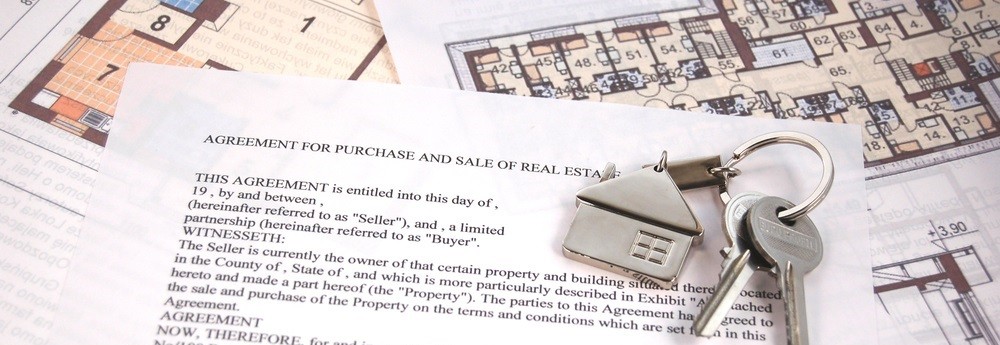
Legal Documents You Need To Buy And Sell Property: Essential Guide
January 15, 2025
10873+ views

Property Circle Rate in Ghaziabad – What You Need to Know About it
January 15, 2025
8148+ views

Land Acquisition Act 2013: Balancing Demand and Compensation
January 15, 2025
4147+ views
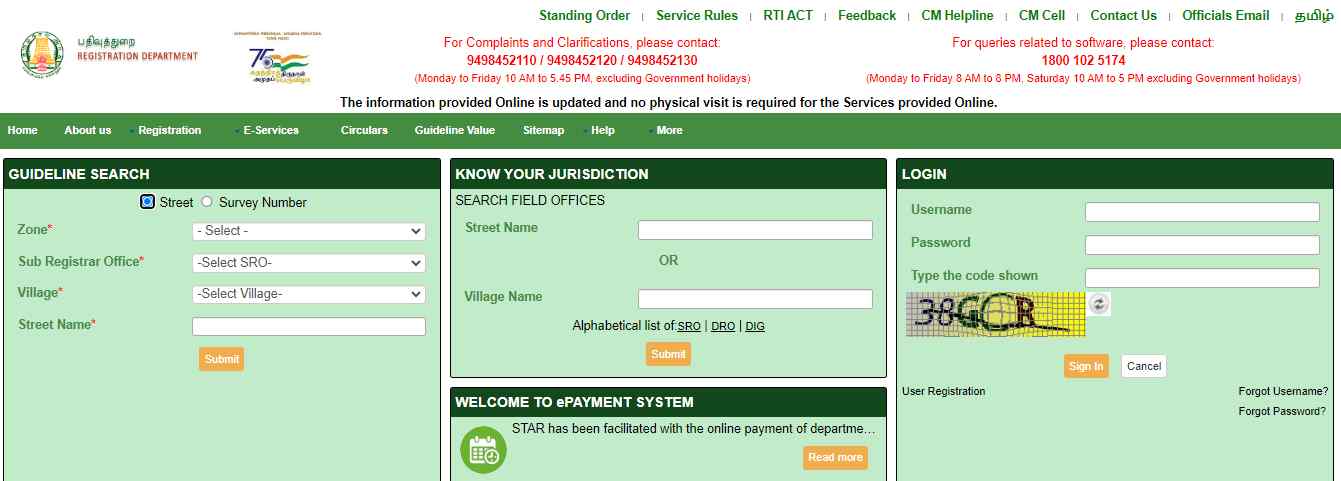
Tnreginet: A Source of Land and Property-Related Information
January 15, 2025
12563+ views
Loved what you read? Share it with others!
Most Viewed Articles
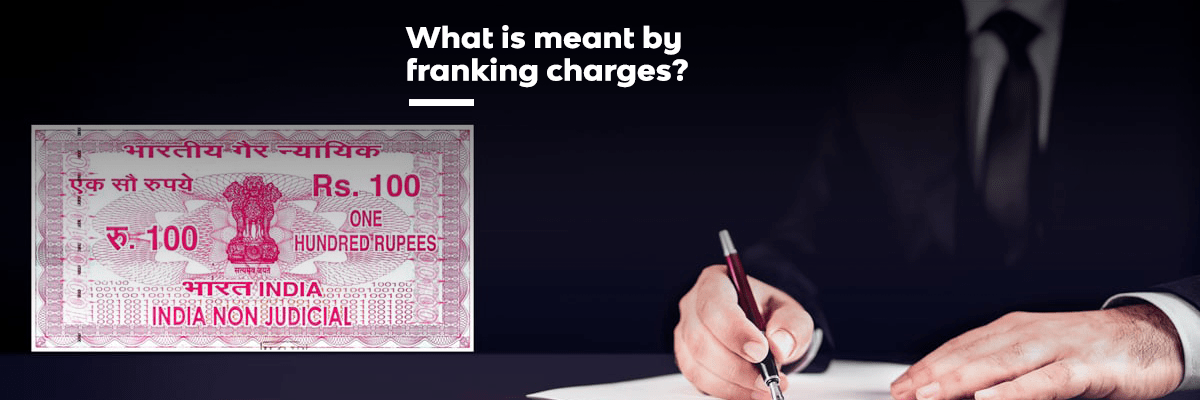
Franking Charges Explained: Meaning and Benefits
December 31, 2024
1046254+ views

What is the BBMP E-Khata Registration process for property owners in Bangalore, Karnataka in 2025?
January 16, 2025
77423+ views

Supreme Court Verdict on Society Maintenance Charges
December 17, 2024
70013+ views
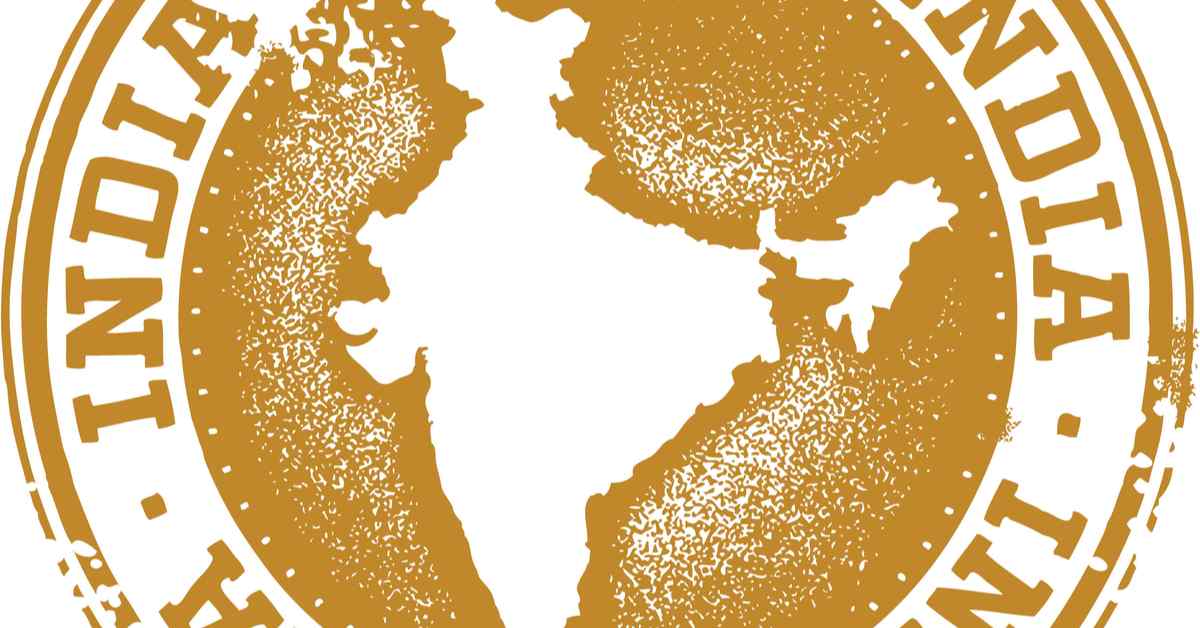
All You Need to Know about Revenue Stamps
December 17, 2024
58874+ views
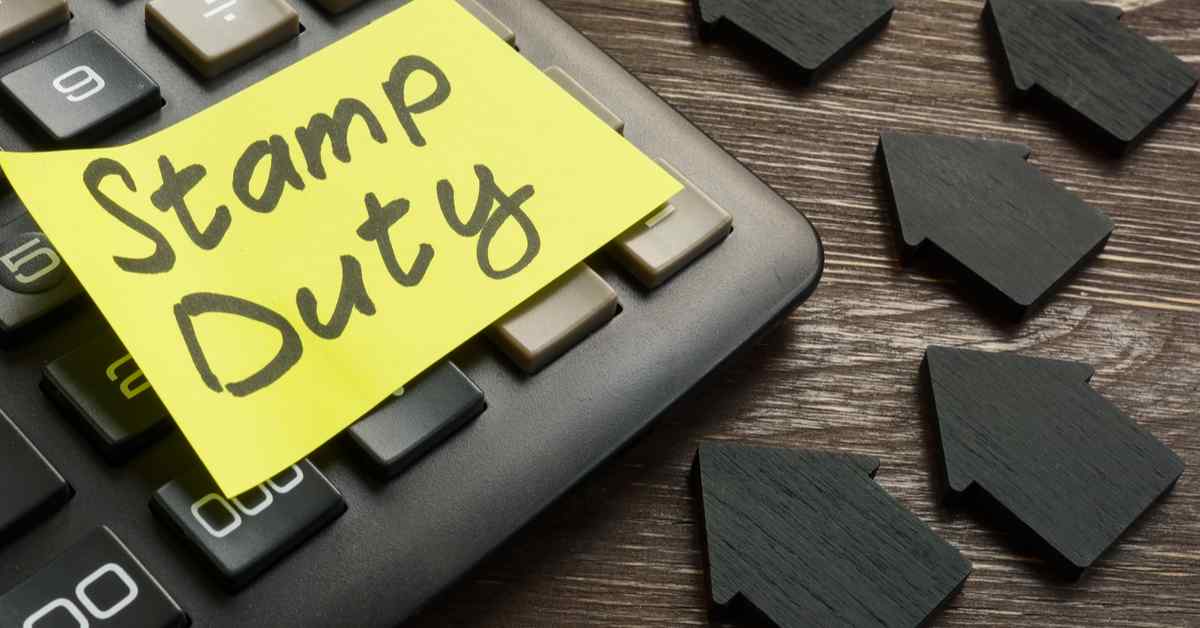
Stamp Duty and Registration Charges in Bangalore in 2025
January 23, 2025
51420+ views
Recent blogs in
Stamp Duty and Property Registration Charges in Mumbai 2025
January 23, 2025 by Kruthi
What are the current Stamp Duty and Property Registration Charges in Karnataka for 2025?
January 23, 2025 by Prakhar Sushant
Stamp Duty and Registration Charges in Bangalore in 2025
January 23, 2025 by Vivek Mishra




Join the conversation!